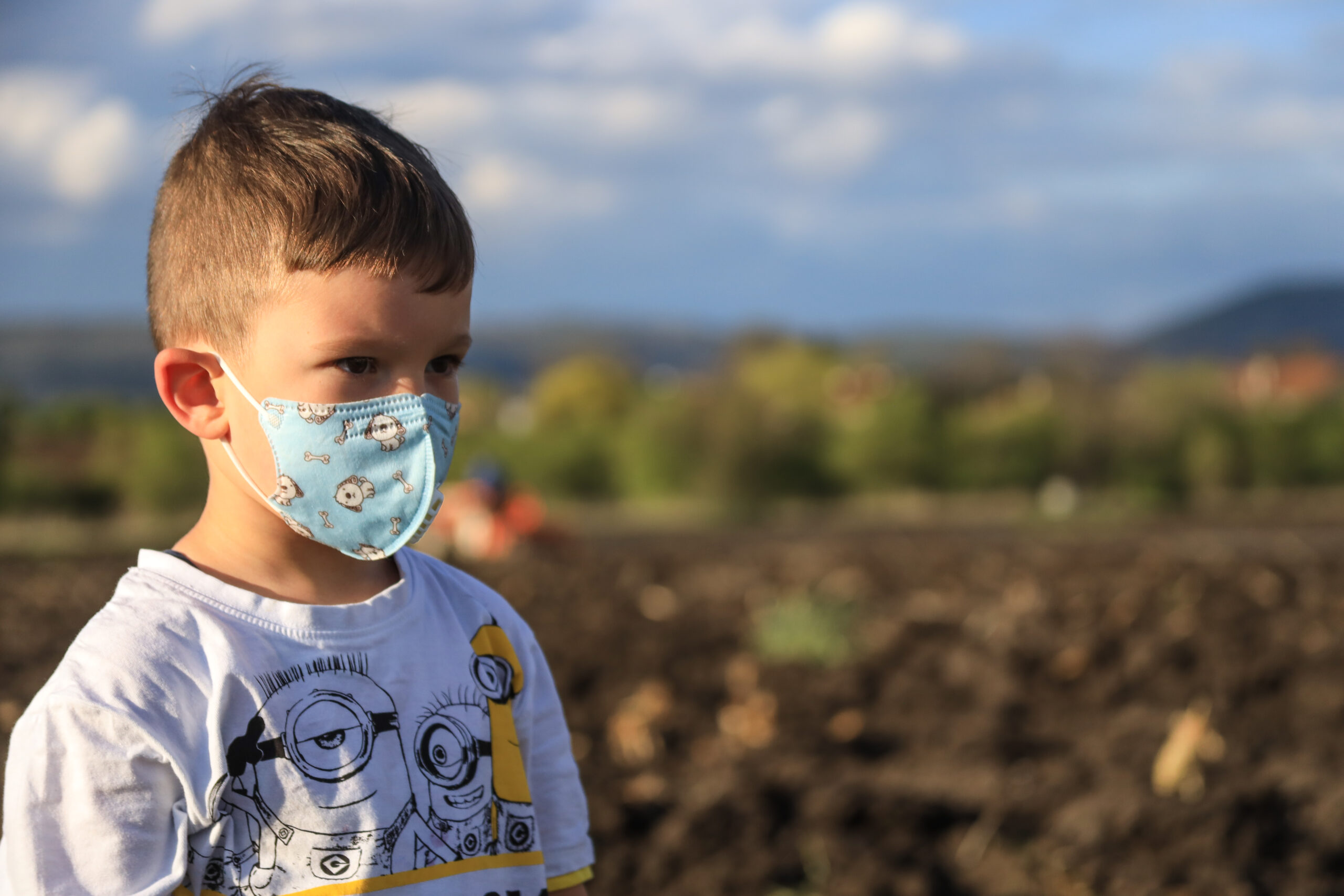Bird flu is caused by a specific type of avian (bird) influenza virus, the so-called H5N1 virus. This virus has infected 125 people in Vietnam, Cambodia, Thailand, and Indonesia since it was discovered in birds in China in 1997, killing 64 of them.

It is passed from infected migratory birds (including wild ducks and geese) to domestic livestock, primarily chickens, ducks, and turkeys, and then to humans.
Since 1997, and especially since the beginning of 2004, approximately 150 million birds have either died from the disease or been killed to prevent further spread. Nevertheless, this infectious and deadly virus has spread relentlessly to China, Thailand, Cambodia, Vietnam, South Korea, Japan, Taiwan, Laos, Russia, Indonesia, Mongolia, Kazakhstan, Malaysia, Turkey, Romania, England, Croatia, Macedonia, and other countries. This ongoing geographic extension of the virus is of great concern worldwide. The fear is that it will keep spreading and undoubtedly reach every continent, including the Western Hemisphere.
Usually, different types of viruses infect just one, or a limited number, of species specific to the particular virus type. The bird-flu virus, however, has infected a large number of birds and animals, including ducks, chickens, turkeys, tree sparrows, peregrine falcons, great black-headed gulls, brown-headed gulls, gray herons, Canada geese, bar-headed geese, little egrets, pigs, clouded leopards, white tigers, mice, domestic cats, crows, magpies, peacocks, blue pheasants, rare eagles, turtledoves, swans, terns, and others. That is another sign of the virulence or destructiveness of the virus.
Researchers, historians, and infectious-disease experts have determined that influenza pandemics (global epidemics) occur approximately once every 30 years. The most deadly pandemic ever recorded occurred in 1918-19, killing more than 100 million people across the globe in less than two years. Two other much less severe pandemics occurred, one in 1957, when approximately two million people died, and one in 1968, when about one million died. Because we have already had three pandemics in less than 100 years, we are overdue for another one.

And so this disease-causing virus continues to infect more and more species in more and more countries. Lab tests demonstrated that this influenza virus is among the deadliest ones ever discovered. In addition, recently and after ten years of work, researchers determined that the H5N1 bird-flu virus is genetically more similar to the fatal 1918-19 influenza pandemic than to the viruses which caused the much less severe pandemics of 1957-58 and 1968-69.
To summarize the critical points so far: The bird-flu virus is a very deadly strain of avian influenza called H5N1 that has killed millions of birds; 2) the virus is spreading relentlessly around the world; 3) the virus has infected many species, which is uncharacteristic of most viruses; 4) the virus is similar to the most deadly virus ever known, which caused the 1918-19 pandemic; 5) the virus is much more deadly in laboratory experiments than regular influenza viruses; and 6) the virus is known to have infected at least 125 humans and killed 64 of them so far, yielding a fatality rate of approximately 50 percent.
The virus continues to kill humans at a slow rate; it has not yet acquired the capacity to be easily transmissible between humans; humans become infected primarily by sick birds. Because humans alive today have no natural immunity to the H5N1 virus, a pandemic or global epidemic will occur once it becomes easily transmissible between humans. The central question is, when will it exchange enough genetic material with the usual seasonal human influenza viruses to become more like a human-influenza virusand thus become easily transmissible between people?
Many believe the virus will continue to spread worldwide until it is present in most or all countriesbefore it goes human (it becomes easily transmissible between people). The 1918–19 influenza epidemic is thought to have begun in Kansas (of all places). So it is certainly possible that the coming pandemic could start somewhere other than in Asia,although most experts believe it will start there. It might begin in a nation that hasn’t yet contracted the virus.
However, it is most certainly not necessary for the virus to march worldwide before a pandemic can begin. The virus has already infected numerous bird and animal species as well as more than 15 nations, giving it the opportunity to combine with a human influenza virus and cause the feared human contagion.
Nothing in the known universe prevents this from occurring tomorrow. Although the likelihood of the switch increasing over time is accurate, there is still a very real chance that it will occur tomorrow. The flip side to the possibility that the crossover could happen at any time is that the virus has been around at least since 1997 and, as a matter of record, has not yet switched to a deadly human-to-human form. At least a few experts think the virus will never if ever, transform into a fatal illness.
And so we are left with these two very different possibilitiesat any time. As soon as tomorrow, the virus could mutate into a deadly form, readily transmissible between people, or it might never transform into such a form. There appears to be much more evidence for the former, and presumably, that is why most scientists and governments are scrambling to prepare for the worst.
This situation is analogous to living on the Gulf Coast during the beginning of hurricane season. Residents have been through it before, but most of the time, the storms are not too severe, and the people can get by without too much hassle. However, there have been rare severe storms that have been devastating. Another hurricane is coming, and it appears that it might be a Category IV or even V by the time it strikes land.
That much is certain, though no one can predict with certainty when it will arrive. What then should the locals do? What ought the locals to have done in advance of Hurricane Katrina?
The U.S. Government Accountability Office claims that modeling studies suggest that the next pandemic’s effect in the United States may be severe even though its severity cannot be predicted (GAO).
We should also be mindful that the pandemic could come at any time, even before the virus methodically marches around the globe. No matter how advanced science has become, we still can not predict when the switch will occur; it is currently unknowable, and that does not mean it will come later in a predictable fashion. As Miguel de Cervantes admonished, Forewarned, forearmed.
